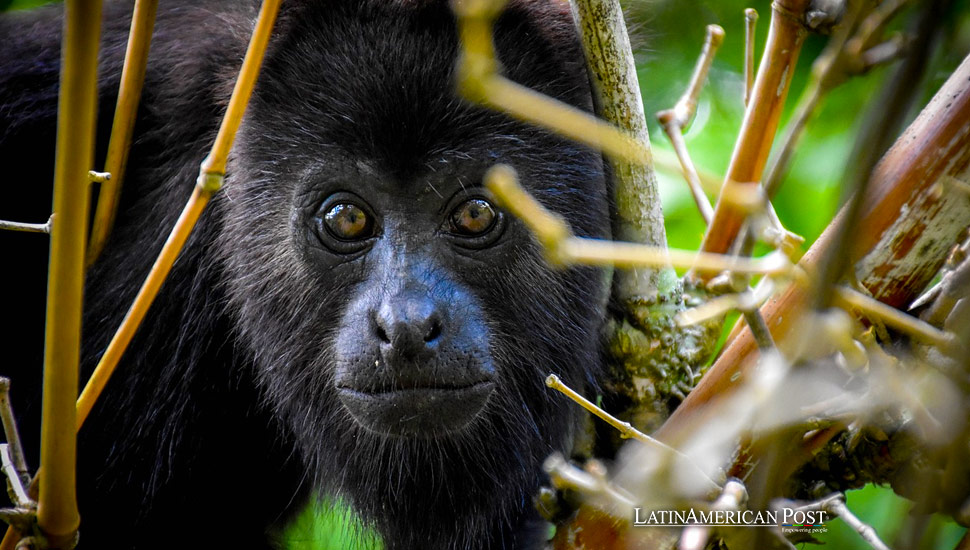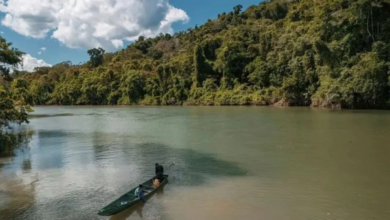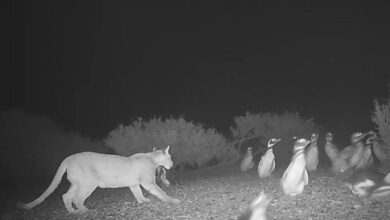The Death of 157 Howler Monkeys in Mexico Sparks Urgent Conservation Efforts

In a devastating blow to Mexico’s wildlife, the deaths of 157 howler monkeys in Tabasco and Chiapas have prompted urgent conservation actions. The incident has highlighted the challenges facing the country’s biodiversity and the concerted efforts required to protect it.
The Mexican government, through the Ministry of Environment and Natural Resources (Semarnat), confirmed on Sunday the deaths of 157 howler monkeys across the states of Tabasco and Chiapas. This tragic news has spurred immediate preventative measures to halt further fatalities among the endangered species.
According to the Federal Attorney for Environmental Protection (Profepa), the official death toll includes 125 monkeys in Tabasco, specifically in the municipalities of Cunduacán, Comalcalco, Jalapa, Cárdenas, and Centro. Additionally, 32 monkeys were reported dead in the cities of Juárez and Pichucalco in Chiapas.
The municipality of Comalcalco has taken proactive steps by sheltering nine howler monkeys in a mobile unit designed for their assistance. This response underscores the urgent need to address the factors contributing to these primates’ mortality and ensure their conservation.
Immediate Actions and Community Involvement
On Friday, federal environmental authorities visited the municipalities of Cunduacán and Comalcalco, where over 80% of the reported deaths in Tabasco occurred. Collaborating with local communities, the authorities implemented various actions, including setting up wildlife drinkers to support the surviving monkeys.
On Saturday, following established health protocols and under Profepa’s coordination, specialists and community members released seven howler monkeys back into their natural habitat after ensuring their health. One monkey is under medical supervision for dehydration, and once recovered, it will be reintroduced to the wild.
In Cunduacán, twelve monkeys receive medical care, three in delicate but stable condition. These efforts are part of a broader strategy involving continuous monitoring and rehabilitation under strict protocols to ensure the well-being of the primates.
Collaborative Conservation Efforts
Semarnat has emphasized the importance of coordinated efforts between federal, state, and municipal governments, academia, society, and veterinary experts to address this environmental emergency. To facilitate these efforts, a mobile central unit has been established at the Universidad Juárez Autónoma de Tabasco.
Furthermore, a comprehensive protocol is being developed to ensure the immediate care of primates by communities, organized civil society, and governmental agencies. This protocol aims to monitor and protect the species and their habitat.
The National Service of Health, Safety, and Agro-Food Quality (Senasica) is conducting detailed analyses of samples taken from the affected monkeys to determine the precise causes of death. Understanding these causes is crucial for implementing effective preventative measures and ensuring the species’ long-term survival.
Public Awareness and Participation
Semarnat has called on the public to avoid direct handling of affected or deceased monkeys and to report any sightings to local or federal authorities. This appeal is crucial in preventing the spread of potential diseases and ensuring timely intervention by conservation teams.
Last Friday, various authorities visited areas such as the Haciendas of Cholula and Cacaotera in Tabasco. These visits included on-site attention to the monkeys and coordination with mobile clinics from the Conservation of the Biodiversity of Usumacinta (Cobius) organization. The previous week, Cobius reported the deaths of over a hundred monkeys, raising the alarm and prompting the current response.
Historical and Environmental Context
The howler monkeys of Mexico, particularly those in Tabasco and Chiapas, are integral to the region’s biodiversity. These primates are known for their loud howls, which can travel up to three miles through dense forests. They play a critical role in maintaining the ecological balance by aiding in seed dispersal, which helps regenerate forest areas.
The recent deaths highlight the broader environmental challenges facing Mexico, including habitat destruction, climate change, and disease outbreaks. These factors have historically impacted wildlife populations, leading to a decline in biodiversity and disruption of ecosystems.
The Road Ahead
The current crisis underscores the need for sustained and comprehensive conservation efforts. The collaboration between government entities, academic institutions, and civil society is a positive step towards addressing the immediate threat and ensuring the long-term survival of howler monkeys in Mexico.
Public participation and awareness are also crucial. Conservation efforts can be more effective and sustainable by involving local communities and fostering a sense of stewardship. Establishing protocols and mobile units represents a proactive approach to wildlife conservation, aiming to mitigate the impact of future crises.
As Mexico navigates this environmental challenge, the lessons learned can serve as a blueprint for broader conservation strategies across Latin America. Protecting biodiversity is vital for ecological balance and the region’s cultural and natural heritage.
The death of 157 howler monkeys in Mexico is a stark reminder of the fragility of our ecosystems and the urgent need for concerted conservation efforts. Through collaborative actions and public awareness, there is hope for preventing further losses and ensuring a sustainable future for these iconic primates.
Also read: Mexico Faces Extreme Weather: From Heatwaves to Torrential Rains
By addressing the immediate crisis and implementing long-term strategies, Mexico can lead the way in wildlife conservation, setting an example for the region and the world.
Through these efforts, Mexico aims to turn a tragedy into an opportunity to strengthen conservation practices and protect its rich biodiversity.




